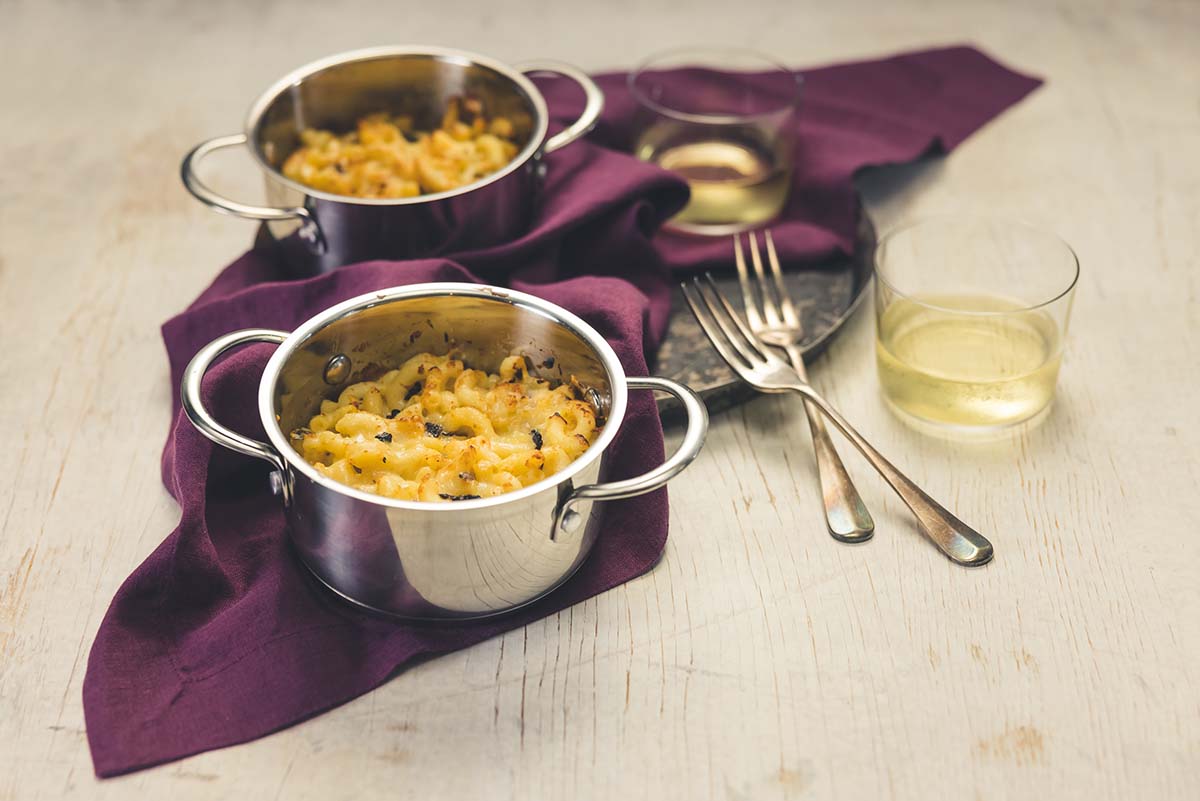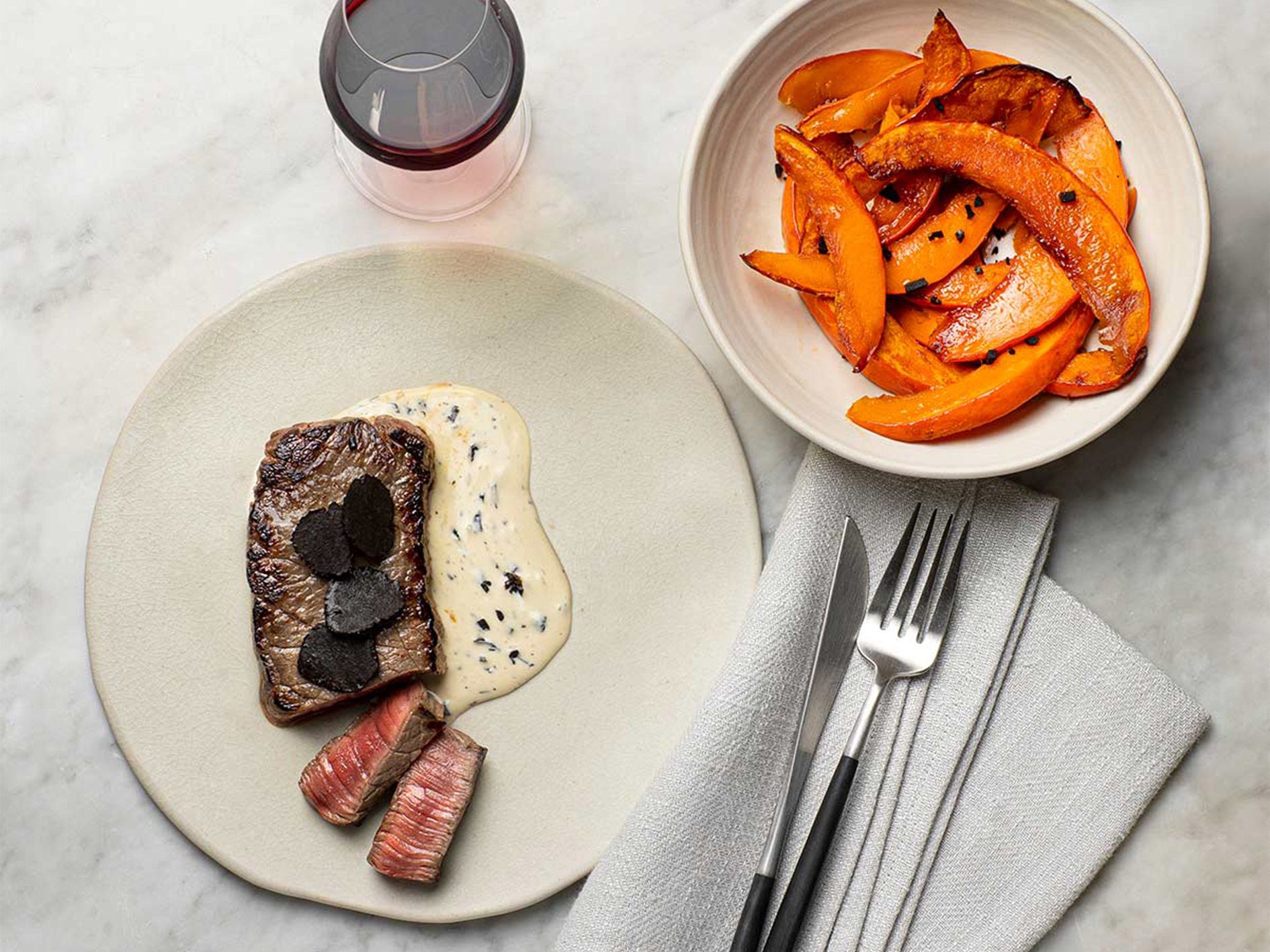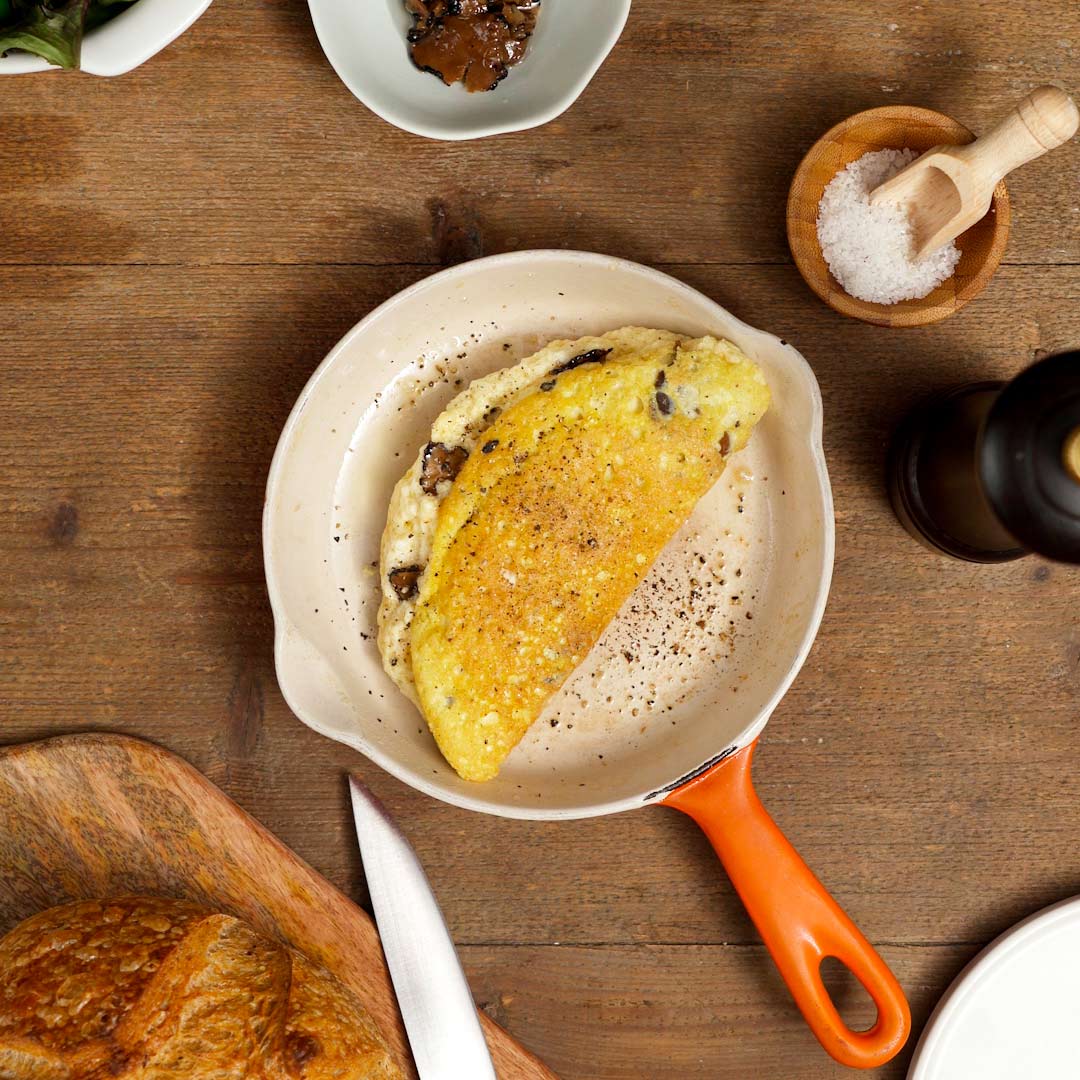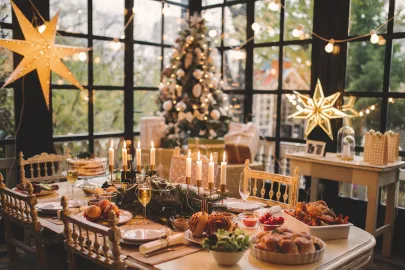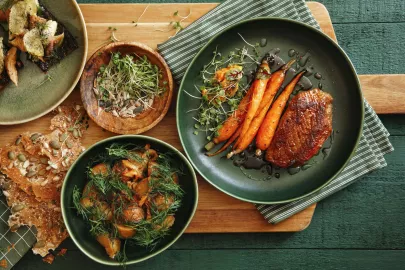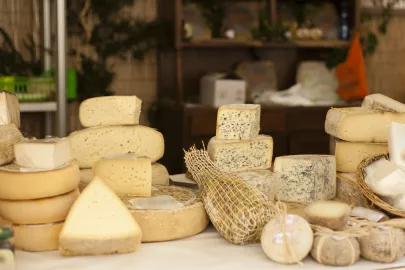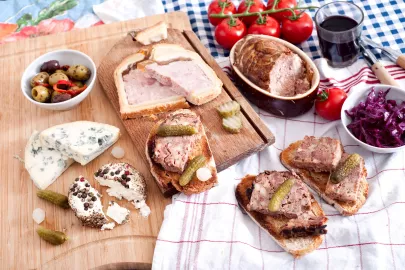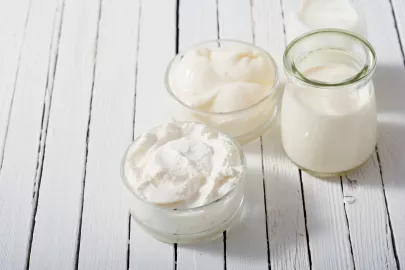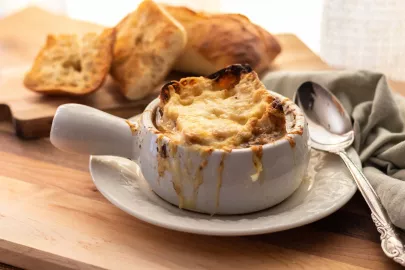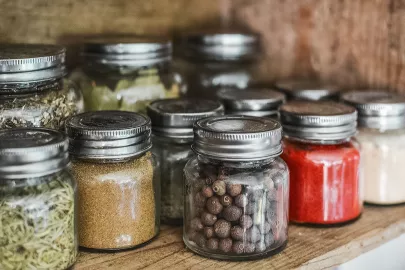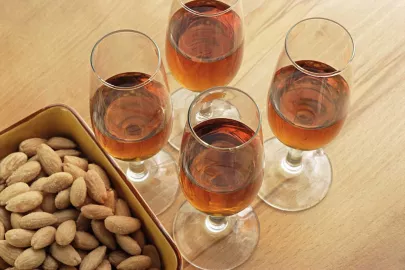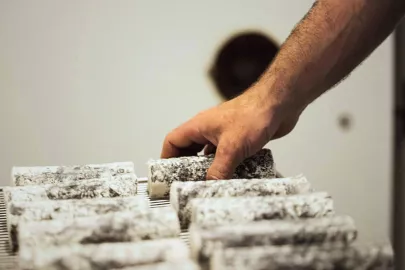Dozens of varieties of this mushroom are foraged and grown around the world. But not all of them are edible and/or pleasing to the palate. There are five that gourmets seek out over the seasons in France. Let's have a look, from the tree to the table.
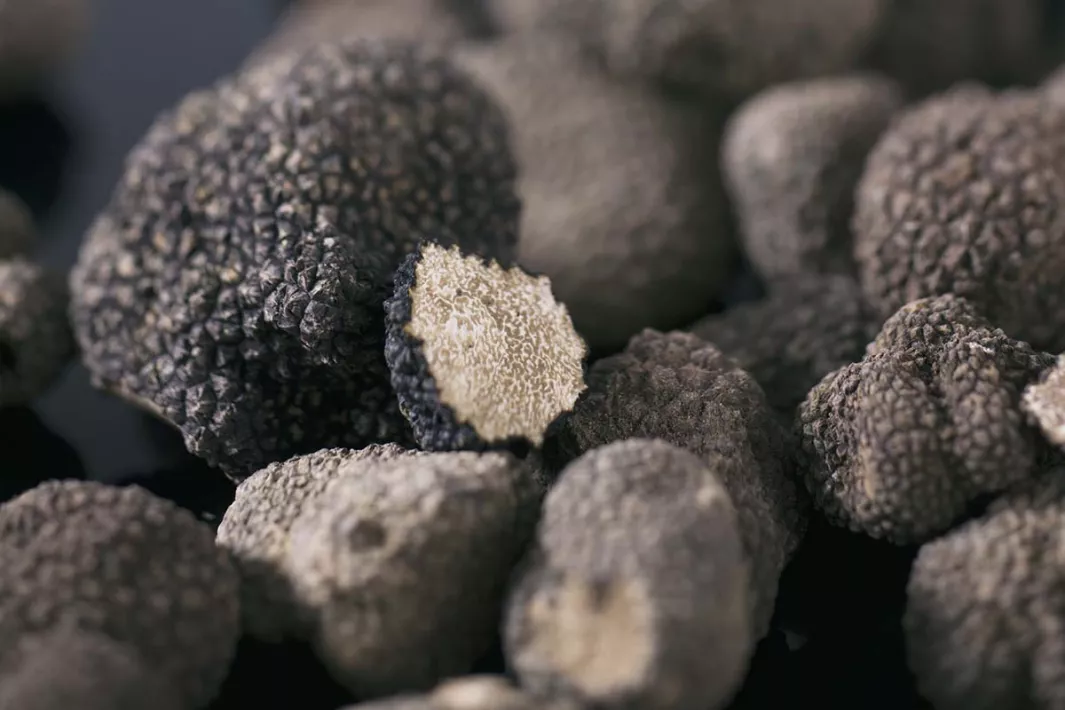
"Auprès de mon arbre…
… Je vivais heureux,"* sang Georges Brassens. The same is true for truffles. In France, they all share the characteristic of growing in the shade of a host tree, but the species vary. In most cases, it will be an oak or a hazelnut tree, but pine, beech, linden and hornbeam are also possibilities. Other determining factors are soil that tends to be dry, a pronounced climate and good sun exposure. Beyond that, it gets complicated.
Three "hunting" companions
Truffles form underground. That means they need to be uncovered. The sense of smell of humans is not up to the challenge. This is why foragers usually work with a specially trained dog. When the animal smells a truffle, it scratches the earth at the magic spot so that its master can dig up the precious fungus. Traditionally, pigs were also used for a long time, although they are less agile and less subtle. Nothing compares to a... fly? A very particular species, in this case, that is smaller and pale and is in the habit of resting right above truffles. When the insect is spotted, it can be chased away to see whether it returns to the same place. If it does, jackpot!
A variety for each season
While the holiday season is the peak period for truffle consumption, other times of the year offer up their own truffle pleasures. When the weather turns sunny, enjoy a summer truffle. Gathered in Provence from May to September, they can be distinguished by their cream-colored flesh and hints of wild forest mushrooms. Next come the truffles of Lorraine and those of Burgundy. Between September and December, Lorraine truffles deliver almond and even licorice aromas, while the Burgundy variety has notes of underbrush. Finally, starting in December and until March, the Périgord black truffle from southern France steals the show. It is the quintessential king of "black diamonds" thanks to its powerful, singular fragrance and flavor. Not to mention the winter truffle (tuber brumale) with its spicier profile.
A plethora of recipes
Truffles are prized by chefs and diners alike and appear in myriad dishes. One of the most legendary is the "Poularde en Demi-Deuil" created by Mère Brazier, where truffles are tucked under the skin of a whole fattened chicken, which is then cooked in stock. Another is Paul Bocuse's VGE soup, a bouillon enhanced with foie gras and truffle, capped with flaky pastry and finished in the oven. In a more mundane, but equally delicious vein, truffles work wonders with an omelette soufflée, an artichoke soup, a nice fillet of aged beef. Take your pick!
* "At the foot of my tree... I led a happy life."
Contributor

Editor

